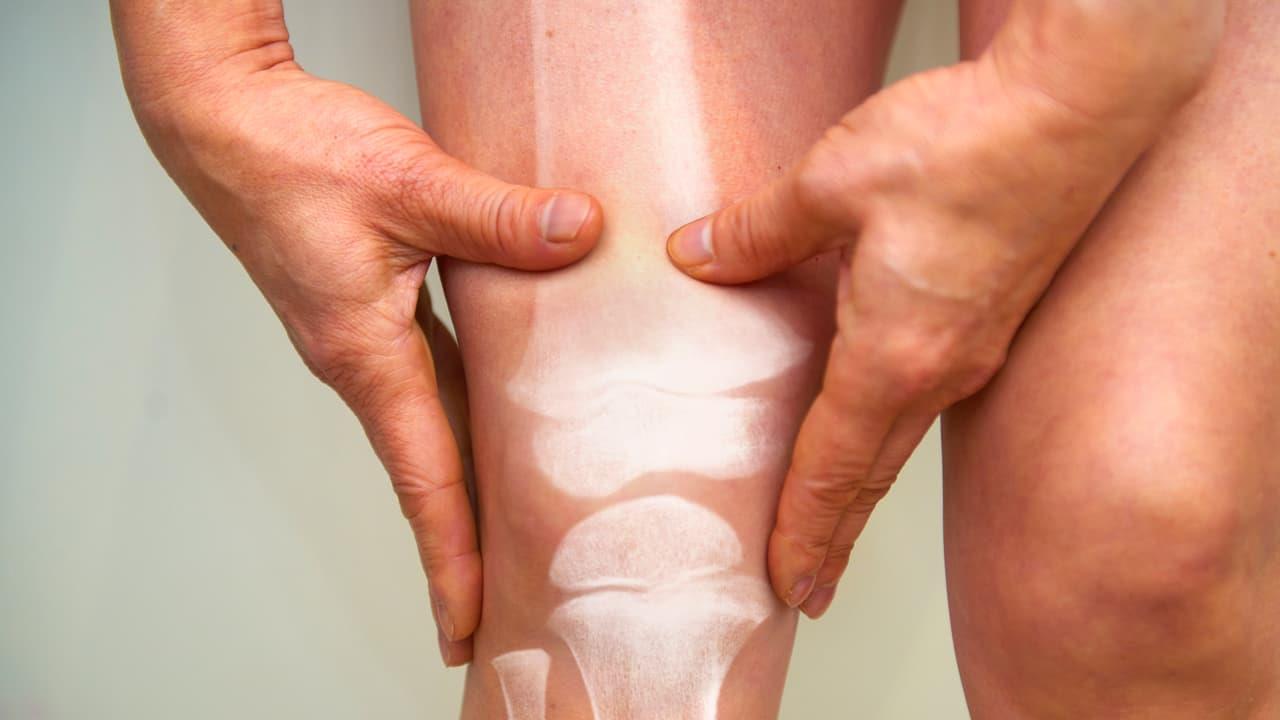Cambridge Scientists Create Smart Gel To Relieve Arthritis Pain
Living with arthritis often means painful flare-ups, daily medication, and side effects that pile on top of the disease itself. But a team at the University of Cambridge may have found a way to make treatment smarter-and gentler.
Researchers have created a soft, cartilage-like gel that can“feel” chemical changes inside the body and respond in real time. When arthritis causes a joint to become inflamed, the tissue around it turns slightly more acidic. The Cambridge gel detects this shift and releases anti-inflammatory drugs exactly when-and where-they're needed.
A gel that mimics cartilage
The material is designed to act like real cartilage, cushioning joints while also carrying medication. During flare-ups, it turns softer and jelly-like, triggering the release of drugs stored in its structure. That means relief could arrive automatically, without repeated doses or guesswork.
“We've been interested in materials that behave like cartilage for some time,” explained Professor Oren Scherman, who leads the research.“But combining that with targeted drug delivery opens up exciting new possibilities.”
Smarter, safer treatment
Unlike many drug-delivery systems that rely on external triggers like heat or light, this one uses the body's own chemistry. That could reduce side effects by ensuring drugs only act where they're needed, sparing the rest of the body from unnecessary exposure.
In lab tests, the gel was loaded with a fluorescent dye to mimic real medicine. When acidity levels matched those of inflamed joints, the gel released far more of its“cargo” compared with normal conditions.
“This means drugs are released at the exact time and place they're needed most,” said Dr Stephen O'Neill, the study's first author.
Beyond arthritis
The approach could be adapted for other diseases where the body shows chemical warning signs, such as cancer. By tuning the gel's chemistry, researchers believe it could deliver both fast-acting and slow-release medications, potentially lasting days, weeks, or even months.
The findings, published in the Journal of the American Chemical Society, are still at the experimental stage. The next step is to test the material in living systems to see how it performs in real joints. But if successful, this technology could improve life for millions of people living with arthritis worldwide.
As Dr Jade McCune, one of the study's co-authors, put it:“By harnessing the body's own signals, we can make treatment more precise, more effective, and hopefully kinder to patients.”
Legal Disclaimer:
MENAFN provides the
information “as is” without warranty of any kind. We do not accept
any responsibility or liability for the accuracy, content, images,
videos, licenses, completeness, legality, or reliability of the information
contained in this article. If you have any complaints or copyright
issues related to this article, kindly contact the provider above.
Most popular stories
Market Research

Stratx Launches Compliance-Aware Routing Protocol For Stablecoins, Rwas, And Cross-Border Settlement
- Kucoin Appeals FINTRAC Decision, Reaffirms Commitment To Compliance
- FBS Analysis Shows Ethereum Positioning As Wall Street's Base Layer
- VCUK Launches New Private Equity And Venture Capital Initiative With A Focus On Europe
- Zebu Live 2025 Welcomes Coinbase, Solana, And Other Leaders Together For UK's Biggest Web3 Summit
- Betfury Is At SBC Summit Lisbon 2025: Affiliate Growth In Focus
- Moonx: The Leading Crypto Trading Platform With X1000 Leverage And Unlimited Meme Coin Access






















Comments
No comment